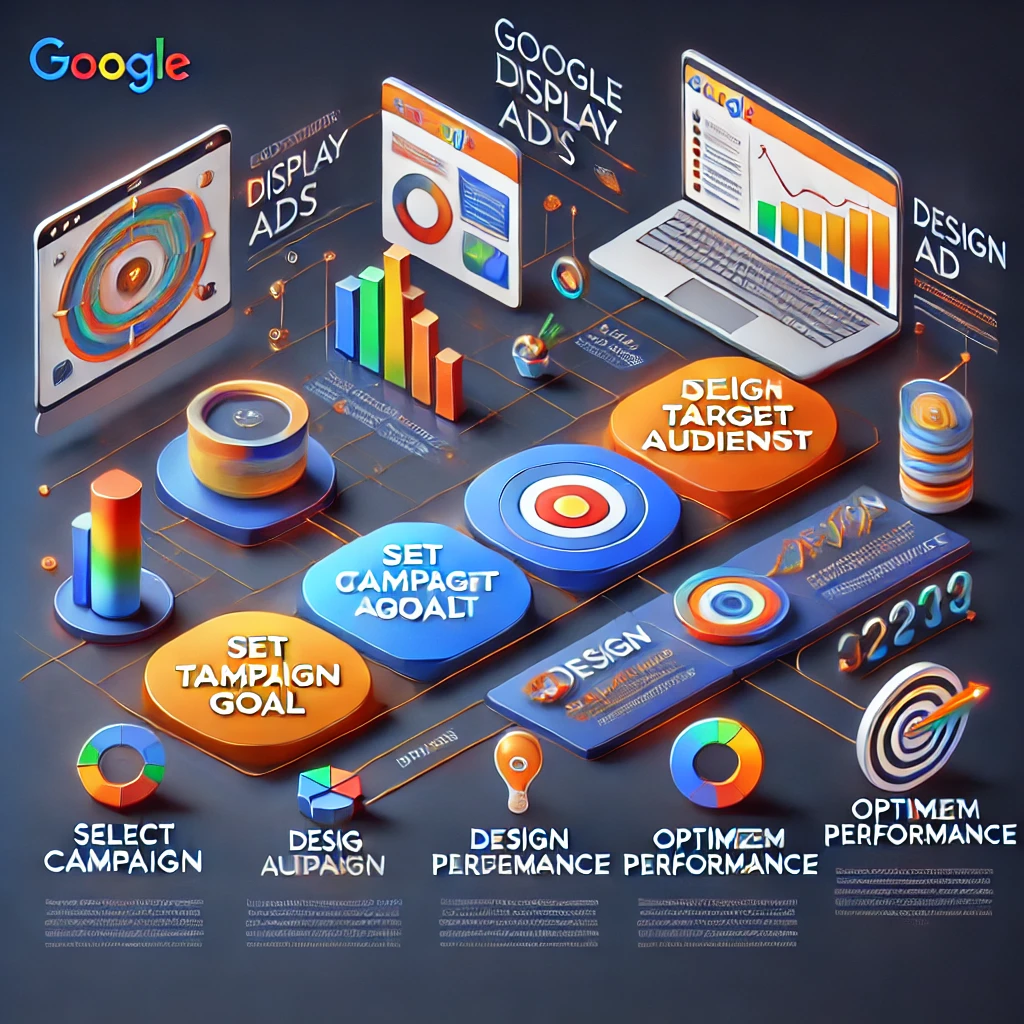Introduction
Have you ever wondered why some ads appear at the top of Google search results, while others remain at the bottom—or worse, don’t show up at all? The answer lies in Ad Rank and Quality Score. These two factors determine:
✅ Whether your ad gets displayed
✅ Where your ad appears in search results
✅ How much you pay per click (CPC)
For businesses, understanding Google Ads Ad Rank and Quality Score is essential for:
-
- Reducing ad costs
- Improving ad positions
- Increasing conversion rates
Many advertisers struggle to grasp these concepts because they seem technical and complicated. That’s why, in this detailed guide, we’ll use one single example throughout so that you can easily relate every point to a real-world scenario.
By the end of this article, you will be able to:
✅ Understand how Ad Rank and Quality Score work
✅ Calculate your Ad Rank, Actual CPC, and Quality Score
✅ Use bidding strategies that maximize your ROI
✅ Optimize your ads for better rankings and lower costs
Whether you’re a beginner or an experienced advertiser, this step-by-step guide will help you master Google Ads bidding.
Example Setup: The Running Shoes Business
Let’s assume three advertisers (A, B, and C) are competing for the keyword “buy running shoes”.
Each advertiser has:
-
- A maximum bid (the most they are willing to pay per click).
- A Quality Score (based on expected CTR, ad relevance, and landing page experience).
| Advertiser | Max Bid ($) | Quality Score |
|---|---|---|
| A | 5 | 8 |
| B | 7 | 5 |
| C | 6 | 4 |
We will use this example to explain every major concept in Google Ads bidding.
1. What is Ad Rank?
Definition
Ad Rank is a score that determines the position of your ad in Google Search results.
A higher Ad Rank means:
✔ Your ad appears higher in the search results
✔ Your ad gets more clicks
✔ Your ad costs less per click (CPC)
How is Ad Rank Calculated?
AdRank=MaxBid×QualityScore
Now, let’s calculate Ad Rank for each advertiser:
| Advertiser | Max Bid ($) | Quality Score | Ad Rank | Ad Position |
|---|---|---|---|---|
| A | 5 | 8 | 40 | 1st |
| B | 7 | 5 | 35 | 2nd |
| C | 6 | 4 | 24 | 3rd |
👉 Advertiser A wins the top position even though they bid less than Advertiser B because their Quality Score is higher!
Why Ad Rank Matters
✔ Higher Ad Rank = Better ad placement = More clicks
✔ Higher Quality Score = Lower costs per click (CPC)
✔ A good Ad Rank = A competitive advantage over others
2. What is Quality Score?
Quality Score is a Google Ads rating system (1-10) that measures ad relevance and usefulness.
How is Quality Score Calculated?
QualityScore=(Expected CTR+Ad Relevance+Landing Page Experience)/3
Each factor is rated on a scale of 1-10 (1 = Poor, 10 = Excellent).
Let’s calculate Quality Score for each advertiser
| Advertiser | Expected CTR (1-10) | Ad Relevance (1-10) | Landing Page (1-10) | Quality Score |
|---|---|---|---|---|
| A | 8 | 9 | 7 | 8 |
| B | 6 | 5 | 4 | 5 |
| C | 5 | 4 | 3 | 4 |
👉 Advertiser A has the highest Quality Score because their ad is more relevant and has a better landing page experience.
Why Quality Score Matters
✔ Higher Quality Score = Higher Ad Rank (Even with a lower bid!)
✔ Higher Quality Score = Lower Cost-Per-Click (CPC)
✔ Better ad engagement = More conversions
3. How is Actual CPC Calculated?
Google Ads does not charge advertisers their maximum bid. Instead, the Actual CPC is calculated using:
Actual CPC Formula
Actual CPC=(Ad Rank of Competitor Below You/ Your Quality Score) +0.01
Let’s calculate Actual CPC for Advertiser A
Actual CPC=(35/8)+0.01=4.39
👉 Even though Advertiser A bid $5, they only pay $4.39 per click!
Why Actual CPC Matters
✔ Better Quality Score = Lower CPC
✔ Higher Ad Rank = Less cost per click
✔ Optimizing ads saves money!
4. Bidding Strategies in Google Ads
a) Manual CPC (Cost-Per-Click)
-
- Advertisers manually set their max CPC bid.
- Best for: Beginners who want full control.
b) Enhanced CPC (ECPC)
-
- Google adjusts bids automatically to get more conversions.
- Best for: Advertisers who want a mix of automation and control.
c) Maximize Clicks
-
- Google automatically sets bids to get the highest number of clicks.
- Best for: Traffic-focused campaigns.
d) Target CPA (Cost-Per-Acquisition)
-
- Google adjusts bids to get conversions at a set cost.
- Best for: Lead generation & sales-focused campaigns.
e) Target ROAS (Return on Ad Spend)
-
- Google adjusts bids to maximize revenue.
- Best for: E-commerce stores & high-value products.
f) Maximize Conversions
-
- Google adjusts bids to get the highest number of conversions.
- Best for: Businesses with a fixed budget aiming for maximum conversions.
5. How to Improve Quality Score & Ad Rank
Optimize Ad Copy – Use targeted keywords and strong calls to action.
Improve Landing Page – Ensure fast load time and mobile-friendliness.
Use Ad Extensions – Add sitelinks, callouts, and structured snippets.



